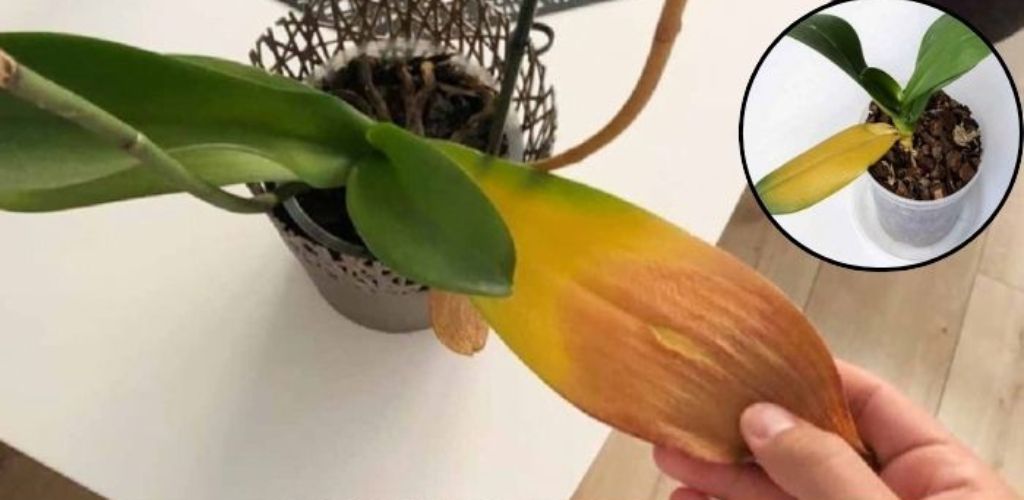02.01.2025
Why does the orchid have yellow leaves? The causes could be these
Yellowing orchid leaves can signal a few different issues:
- Overwatering: This is the most common culprit. Overwatering leads to root rot, preventing the plant from absorbing nutrients and water properly. Signs include:
- Mushy or brown roots
- Yellowing leaves that may feel soft or mushy
- Wilting despite adequate moisture
- Underwatering: While less common, underwatering can also cause yellowing leaves.
- Leaves may appear dry, wrinkled, and brittle.
- Nutrient Deficiency: Orchids require specific nutrients. A lack of nitrogen or magnesium can cause yellowing, often starting at the tips or edges of the leaves.
- Light Issues:
- Too much light: Direct sunlight can scorch leaves, causing them to turn yellow and brown.
- Too little light: Insufficient light can weaken the plant, leading to yellowing leaves and poor growth.
- Pests and Diseases:
- Some pests and diseases can cause yellowing leaves. Inspect your orchid for signs of pests (like scale insects or mealybugs) or fungal infections.
What to do:
- Assess the situation: Carefully examine the roots, leaves, and overall condition of your orchid.
- Adjust watering: If overwatering is suspected, allow the potting mix to dry out more thoroughly between waterings. If underwatering is the issue, increase watering frequency.
- Check for pests and diseases: Treat any infestations or infections accordingly.
- Optimize light: Ensure your orchid receives bright, indirect light. Avoid direct sunlight, especially during the hottest parts of the day.
- Consider repotting: If the potting mix is old or the roots are severely damaged, repotting may be necessary. Use a well-draining orchid potting mix.
Important Note: If you’re unsure about the cause of the yellowing leaves, it’s always best to consult with a local orchid expert or a qualified horticulturist.
I hope this helps! Let me know if you have any other questions.
